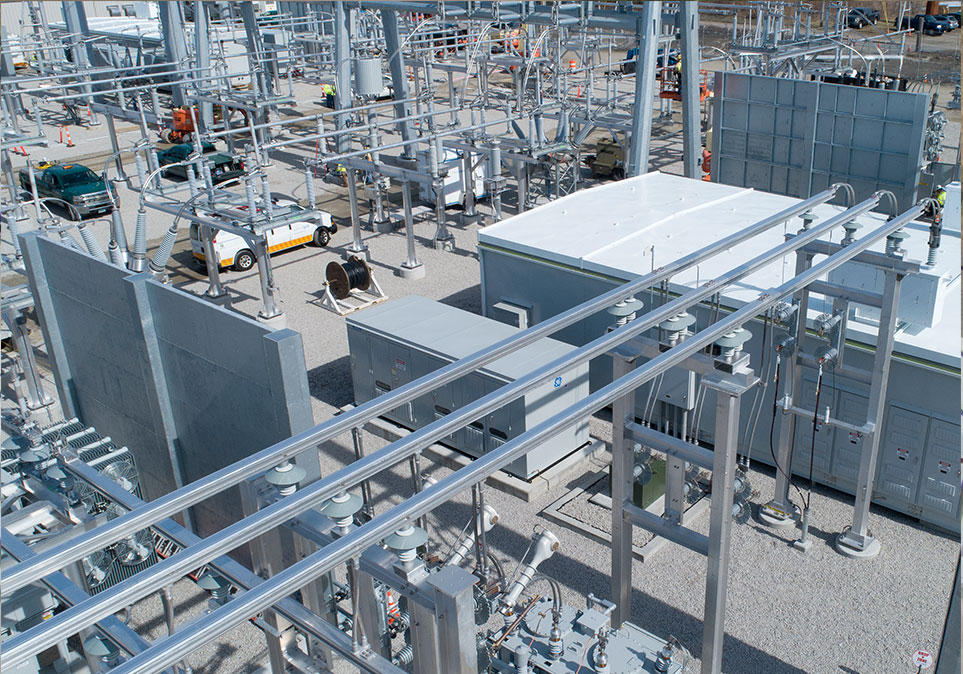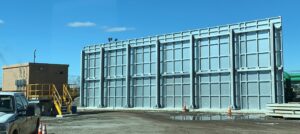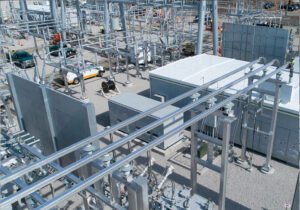Understanding the Difference Between Firewalls and Fire Separation Methods
To a lot of people, the term firewall is associated with a computer security feature that is meant to deter potential harm. The term was borrowed from the physical firewall itself. A firewall can be defined as a tool that helps in the prevention of fire from spreading to the rest of the property. The principle behind the security mechanism is that under no circumstances would the fire spread from the ‘fire divisions” even if there is to attempt to stop it. The fire barriers are independent on their own when it comes to containment.
It is important to know the difference between firewalls and conventional fire separation methods. The two are often confused yet they mean totally different things even in the context that they’re used. A fire separation will in most cases act as a barrier and easily be pulled down when the structure collapses. With such separations, there is no continuation which you’ll find in firewalls. A fire separation can be seen as a physical shield against fire penetration and radiation. This means that the occupants of the building will be protected from the immediate dangers posed by the fire.
With firewalls, they’ll stay erect to prevent imminent collapse. It will also prevent the fire from spreading to another building even if there is no intervention by firefighters. Under some conditions, there might be a need for horizontal offsets. This will call for special design so that there is a guarantee for structural stability.
There is always the fear of the fire spreading around the firewall. This is taken care of by installing parapets in buildings. There is no need for such installation if the roof is reinforced with concrete which will not be subject to collapse like other materials.
Resistance
The NBCC has it as a requirement that all the structures supporting the firewalls have the same resistance so that chances of collapse are minimized. There are exceptions and that is when there are two back to back firewalls that are adjacent and tied to the building frame. This is a common design for firewalls because it is not only effective but also inexpensive.
Firewall Ratings
The NBCC certainly does make some compromises when it comes to firewall ratings. It is permitted to have half the ideal firewall because if there is fire on one side of the building, there is a low likelihood that it will spread to the other side.
One of the most important considerations when it comes to the design and implementation of firewalls is thermal expansion. There should also be room for movement because seismic forces are usually a challenge whenever there is a fire outbreak. If you’d like to know more about thermal expansion and the design of firewalls, you can look at CCMPA paper where the issue is discussed in detail. Getting the design right is the first thing in coming up with a formidable firewall. For more information, you can check out https://firebarrierexperts.com/
Sinisi Solutions
75 Main St, Manasquan, NJ 08736
732-232-2100
Social Accounts:
https://www.facebook.com/pages/category/Software-Company/Sinisi-Solutions-LLC-758965997617515/
https://twitter.com/SinisiSolutions




